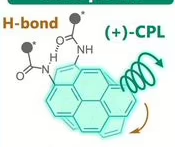
Mechanoresponsive Molecules Changing the Face of 3D Displays and Security Printing
by Joseph Bryans
A significant step in the quest for materials that combine mechanical responsiveness with high-performance light emission.
Tags:3D displays| research

by Joseph Bryans
A significant step in the quest for materials that combine mechanical responsiveness with high-performance light emission.
Tags:3D displays| research
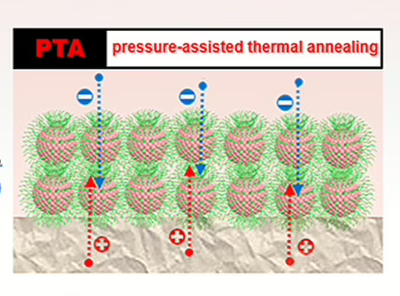
by Joseph Bryans
The researchers sought to develop a method to improve the quality of inkjet-printed QD thin films, enhance the efficiency and stability of inkjet-printed QLEDs.
Tags:QLED| Quantum Dots| research| showcase
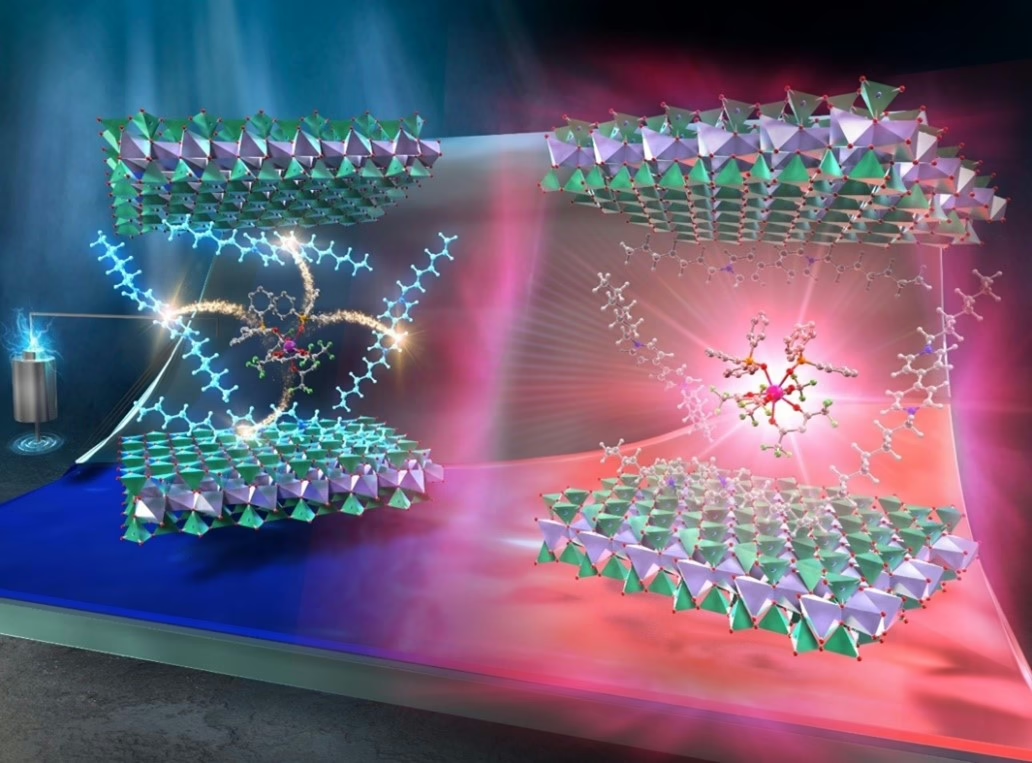
by Joseph Bryans
The researchers believe their dual-mode display offers a promising alternative to existing technologies, with potential applications in reflective e-paper displays, digital signage, smart windows, and wearable electronics.
Tags:electro-luminescent displays| research| showcase
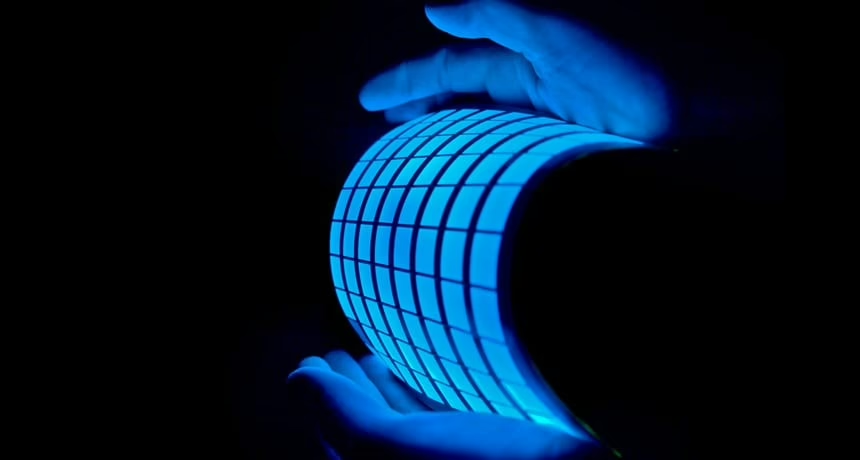
by Joseph Bryans
Despite their advantages, OLEDs face a significant efficiency challenge rooted in quantum mechanics.
Tags:OLED| research| showcase
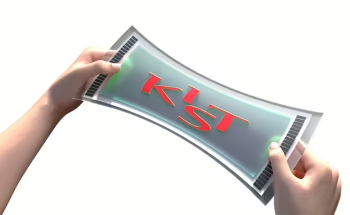
by Joseph Bryans
The team tackled a key limitation in existing stretchable materials: the Poisson’s ratio phenomenon.
Tags:research| Stretched Displays
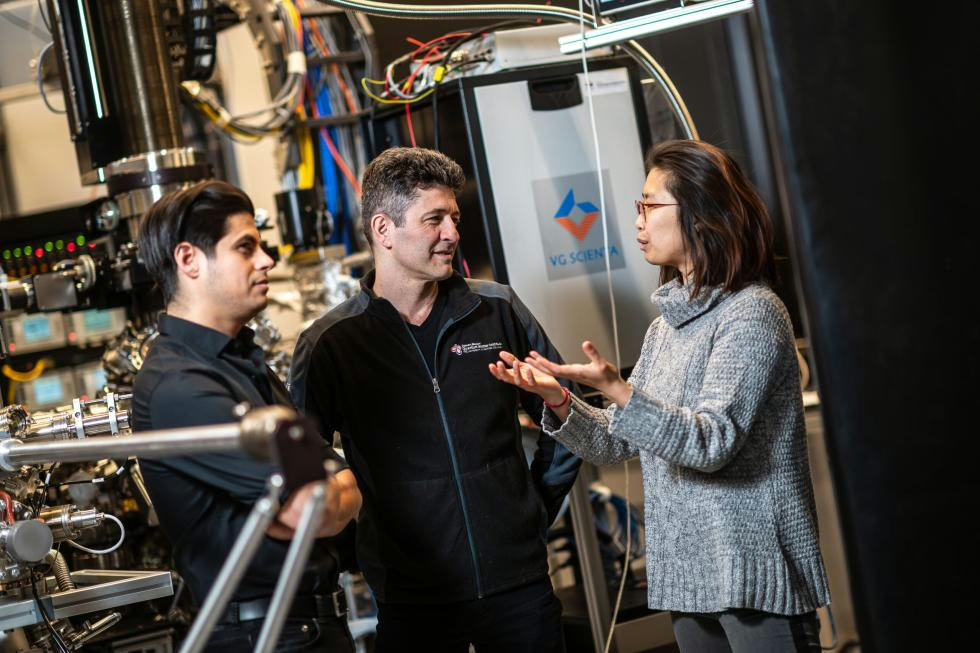
by Shawnee Blackwood
The University of British Columbia is leveraging newly awarded federal funding to explore luminescent materials that could transform displays and lighting.
Tags:research
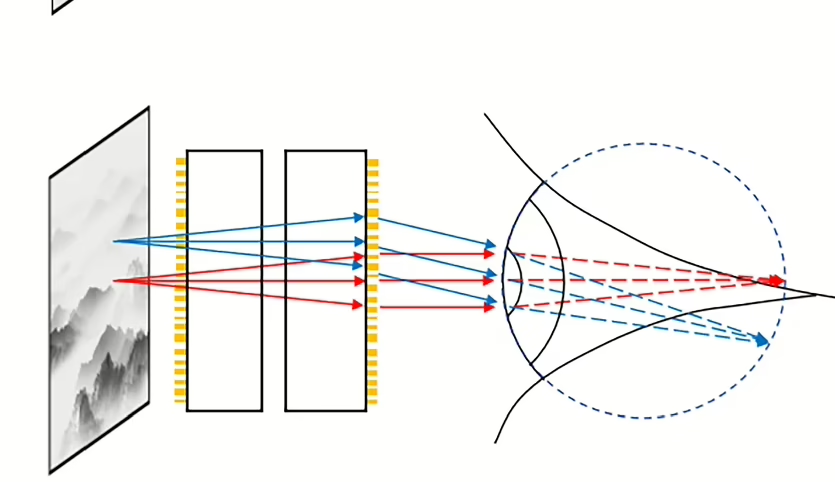
by Joseph Bryans
While conventional optical components can help adjust the light path and reduce eye strain, they tend to be bulky and heavy, making them impractical for head-mounted devices.
Tags:Augmented Reality| | research| showcase| VR
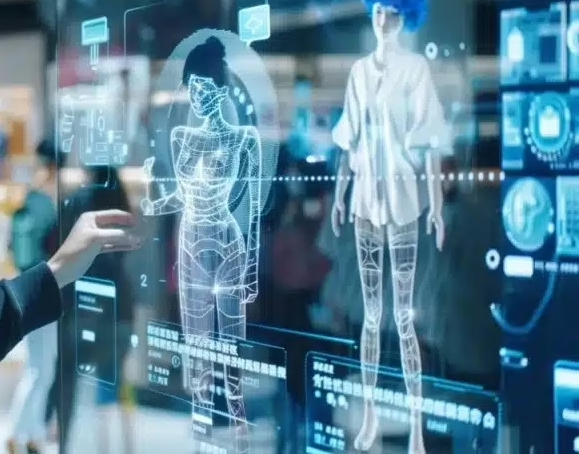
by Omid Rahmat
The most natural way to interact with a screen isn’t having a conversation with it.
Tags:Gesture Recognition| research| showcase
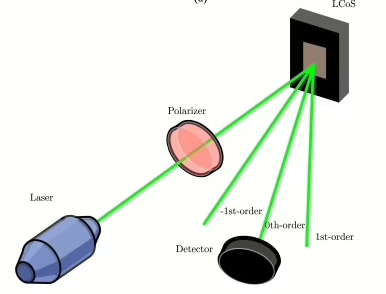
by Joseph Bryans
One of the central challenges is that, as pixel sizes decrease to enable higher resolutions, interpixel crosstalk and associated distortions increase, degrading performance.
Tags:LCOS| Microdisplays| research| showcase
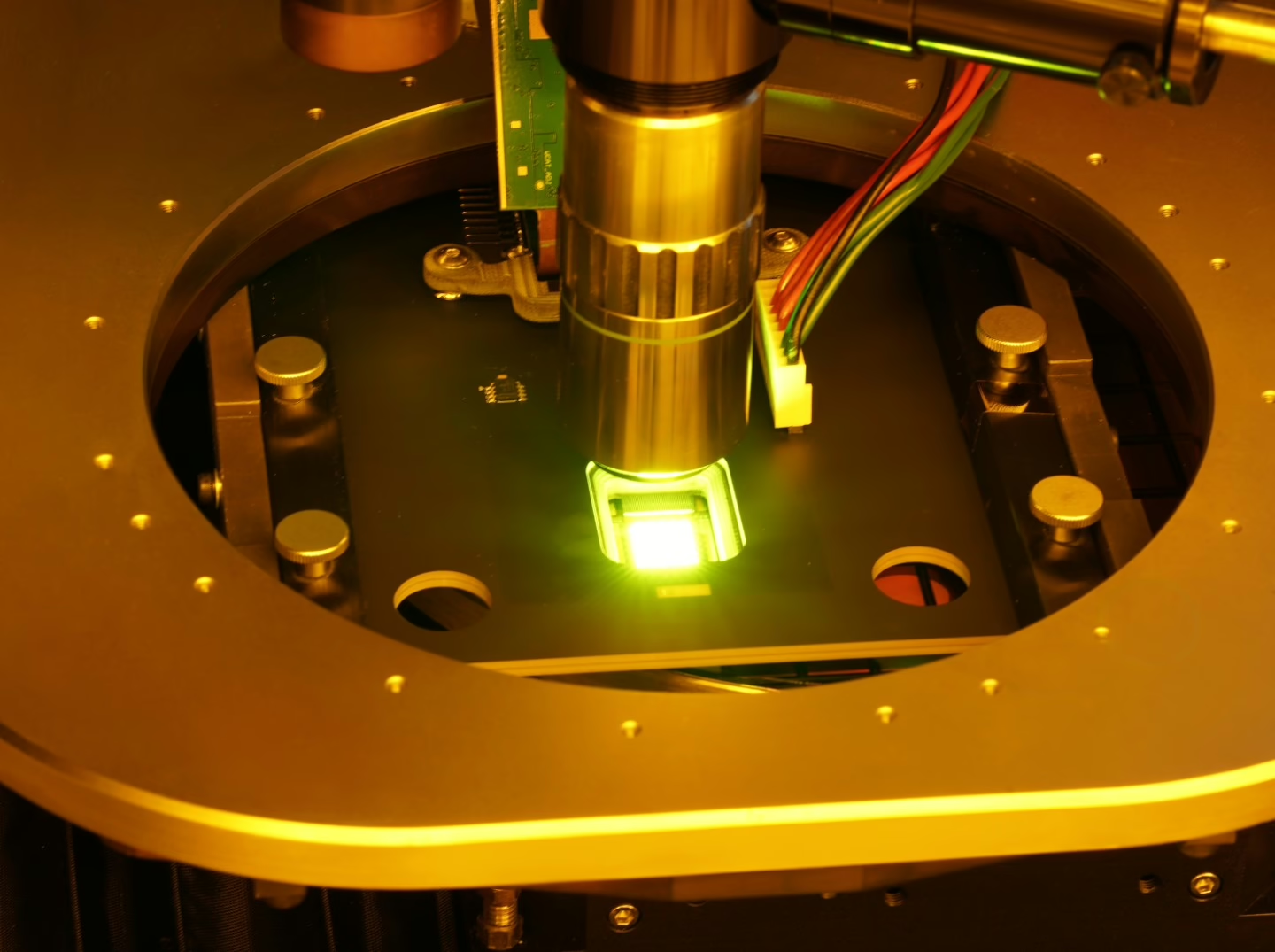
by Joseph Bryans
Quantitative data from the Fraunhofer IPMS team highlights the tangible gains of stacked OLEDs: such as a marked increase in operational lifetime.
Tags:Augmented Reality| mcirodisplays| OLED| research| showcase
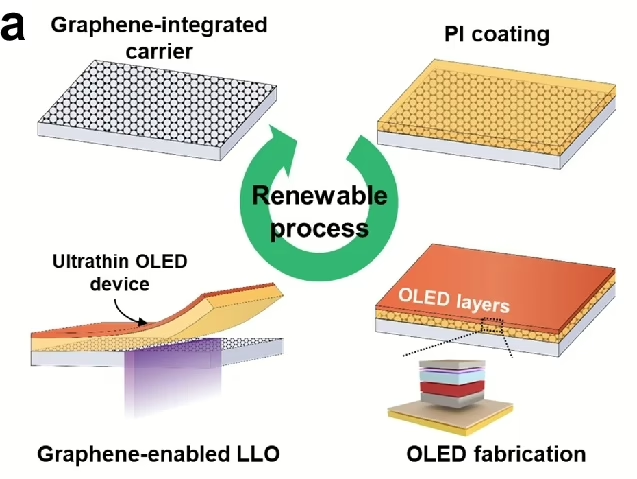
by Joseph Bryans
Traditional LLO techniques, used to separate PI films from their carrier substrates, often fail when applied to films thinner than 5 μm.
Tags:Graphene| Laser| OLED| research| showcase
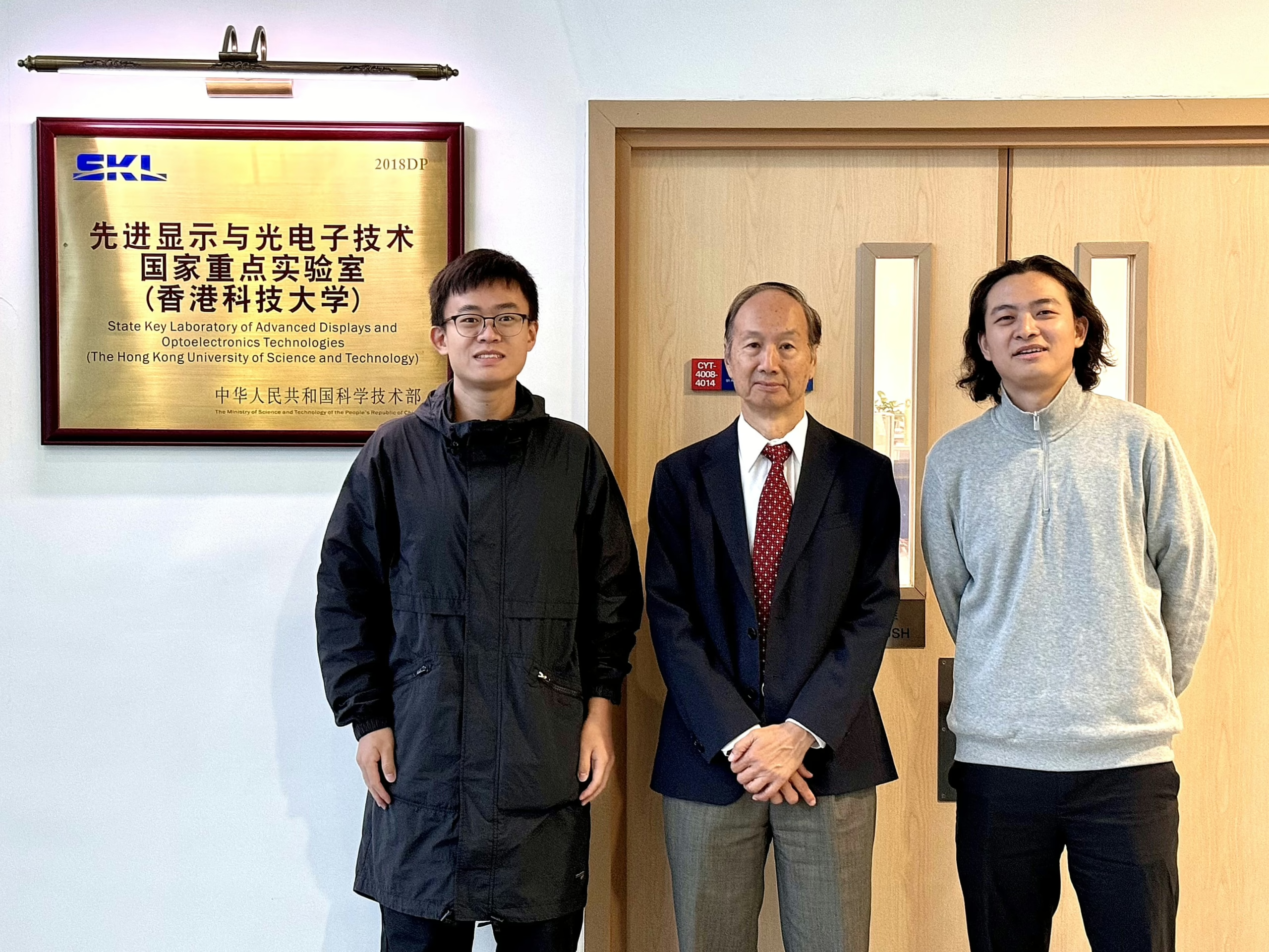
by Emory Kale
Current mercury lamps and deep ultraviolet LED light sources often have drawbacks such as large device size, lower resolution, high energy consumption, and inadequate optical power density.
Tags:MicroLED| research| showcase